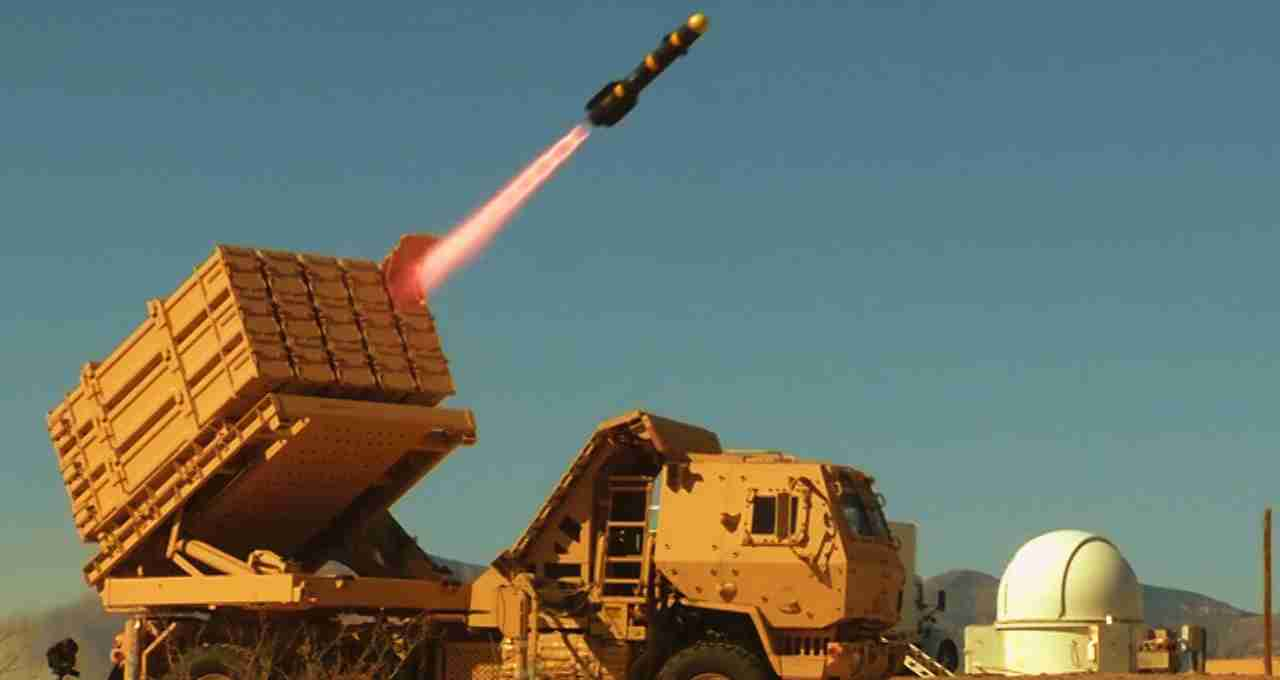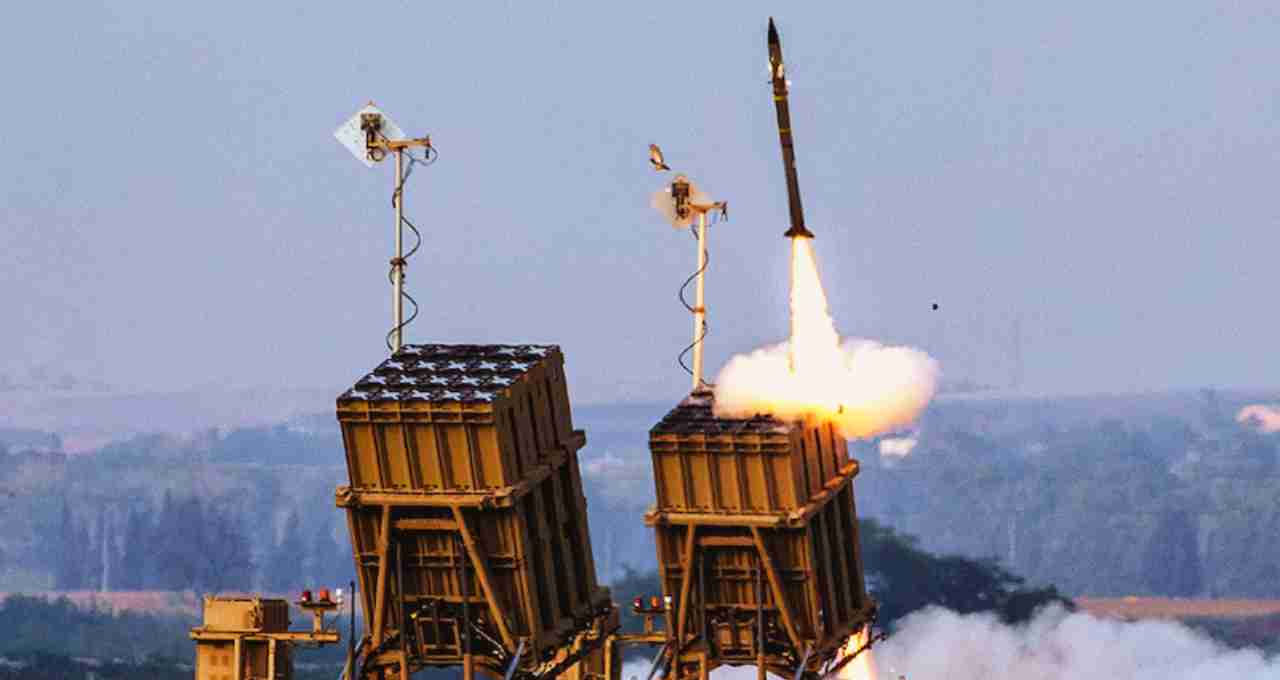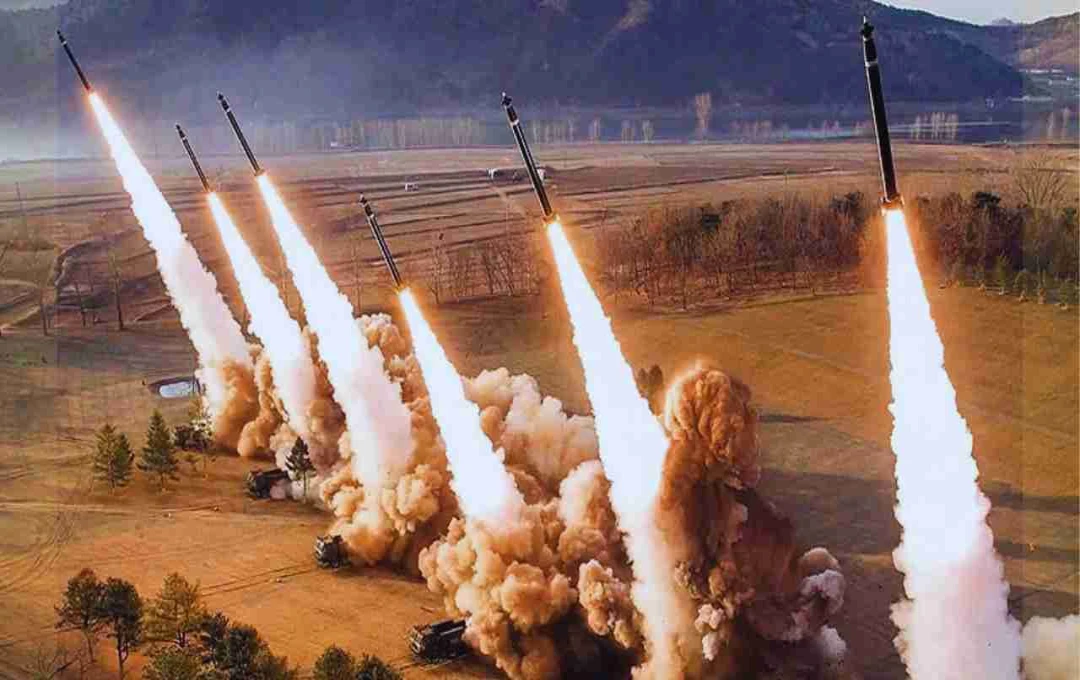Iran's high-tech multi-warhead missile bypassed Israeli defense systems, causing significant devastation.
'Multi-Warhead' Missile: June 19th, 2025, may be recorded in history as a technological turning point. Iran launched a missile attack on Israel that not only inflicted casualties but also challenged one of the world's most powerful air defense systems – the Iron Dome. The technology employed in this attack has reshaped the existing equations of military technology.
The Iranian 'mystery missile' successfully penetrated Soroka Medical Center in Beersheba, Israel's southern city, and caused significant damage to infrastructure in other parts of the country. This missile strike has astonished defense technologists worldwide.
What Technology Was Used?
While there's no official confirmation regarding the missile used by Iran, experts believe it was a Multiple Independently Targetable Reentry Vehicle (MIRV) type missile.
MIRV technology allows a single missile to release multiple warheads that independently target different locations. This confuses enemy defense systems, making it difficult to determine the true direction of the attack.
Israel's Iron Dome air defense system typically intercepts one missile at a time. However, it proved helpless against the MIRV, resulting in the direct impact on hospitals, skyscrapers, and numerous commercial sites.
How Dangerous is the MIRV System Technologically?

MIRV transforms a single missile into a 'mini-missile launcher.' Warheads, carried aloft by a rocket, are released in different directions upon re-entry into the Earth's atmosphere. This makes it difficult for the enemy to predict the trajectory of each warhead.
Its main technical aspects are:
- Tracking Difficulty: All warheads follow different trajectories.
- Overloading Defense Systems: Simultaneous multiple targets can overwhelm the system.
- Accuracy: Each warhead can be guided to its target using GPS/infrared guidance.
- High Damage at Low Cost: Multiple attacks are possible from a single missile.
Israel's Retaliation and the Escalating Cyber War
In response, Israel launched airstrikes on Iran's Arak heavy water reactor and Natanz uranium enrichment facility the same day. Iran claimed these sites were already evacuated and there was no radiation leak.
Military experts believe this conflict will extend beyond conventional bombing. The coming days may see increased activity involving cyber warfare, AI-driven drone attacks, and hypersonic weaponry.
How Did the Iron Dome Fail?

Israel's Iron Dome system, which has previously neutralized thousands of rockets, was outmaneuvered. The MIRV missile's unique feature is its multiple warheads, re-entering the atmosphere at different times and directions, making tracking difficult for defense systems.
Experts believe that the Iron Dome currently struggles to identify and destroy more than 10 warheads approaching from different directions simultaneously. This explains the successful penetration of numerous targets in this attack.
The Dangerous Face of Technology
This attack has proven that technology is now a tool of destruction as much as it is of defense. The use of smart warheads, AI guidance, and automated targeting signals a future of even more lethal warfare.
The Future: High-Tech Strategy or Total War?
The technologies used in the ongoing conflict between Iran and Israel may serve as examples for other nations. The future may see:
- AI-based rocket launch systems
- Hypersonic guided missiles
- Cyber jamming systems
- Space-based detection radar
All these technologies will play a significant role.















